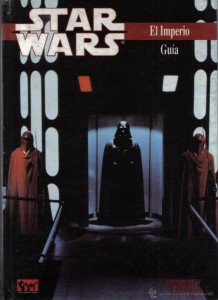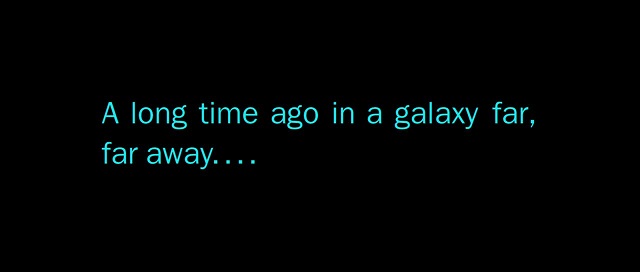
Since the first announcement of the Expanded Universe reboot, it was said that what now is known as Star Wars Legends was still going to be used, not as gospel but as an inspiration and source for the new canon. And there’s perhaps no better place to see that The Powers That Be were not kidding than in the romance that the Star Wars Rebels cartoon has with the old roleplaying game published by West End Games, a game that introduced such classic concepts as Imperial Inquisitors, the Imperial Security Bureau or Interdictor cruisers, concepts that have lately graced our TVs. But why the WEG game? What makes such a venerable source so suitable to become part of the backbone of the new continuity?
West End Games published the very first Star Wars roleplaying game. The first edition of their game was released in 1987, and soon became the most authoritative source of reference material on anything related to the Galaxy Far Far Away. Initially having nothing to base their sourcebooks on but the original trilogy, the novelizations and radio dramas, and Brian Daley’s Han Solo novels, the developers of the roleplaying game took on the task of expanding this universe and not only dissected and classified the existing sources, but also put together a pretty thorough description of almost every corner of the Star Wars universe. In the times before Essential Guides and Visual Dictionaries, WEG published dozens of roleplaying manuals covering topics as vast as the Galactic Empire itself or as narrow as the legal situation of scouts in the New Republic era, describing almost every single nook and cranny of the galaxy with a level of detail that probably has never been reached again. Read More
![The_Perfect_Weapon_final_cover[1]](http://eleven-thirtyeight.com/wp-content/uploads/2015/12/The_Perfect_Weapon_final_cover1-197x300.jpg)
![The-Crimson-Corsair[1]](http://eleven-thirtyeight.com/wp-content/uploads/2015/12/The-Crimson-Corsair1-236x300.jpg)



